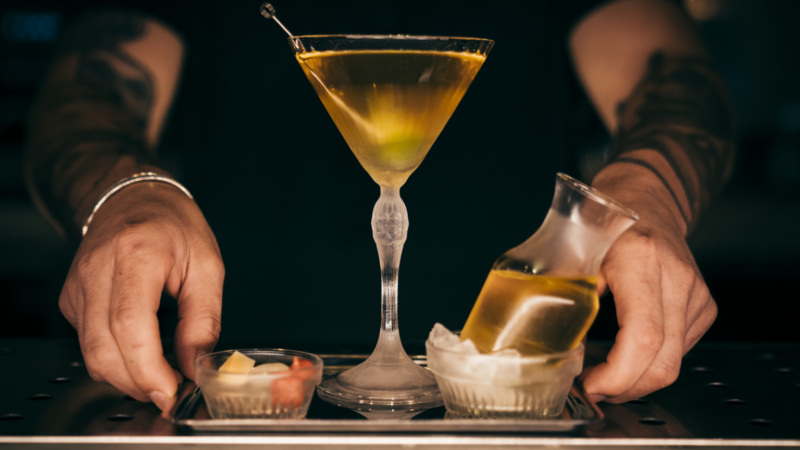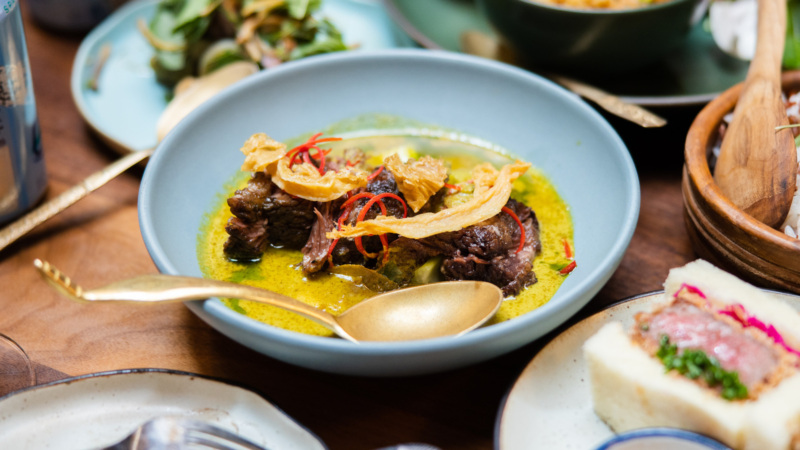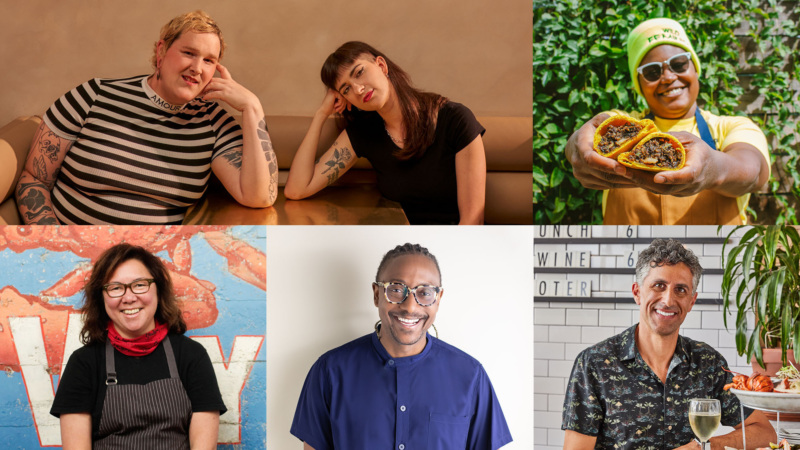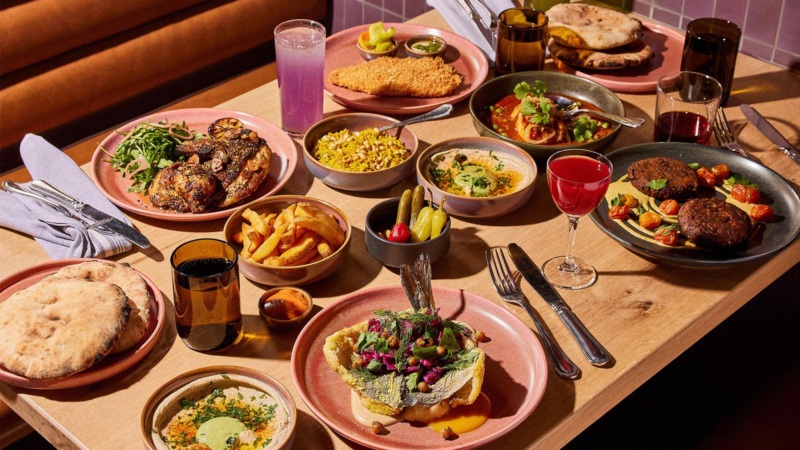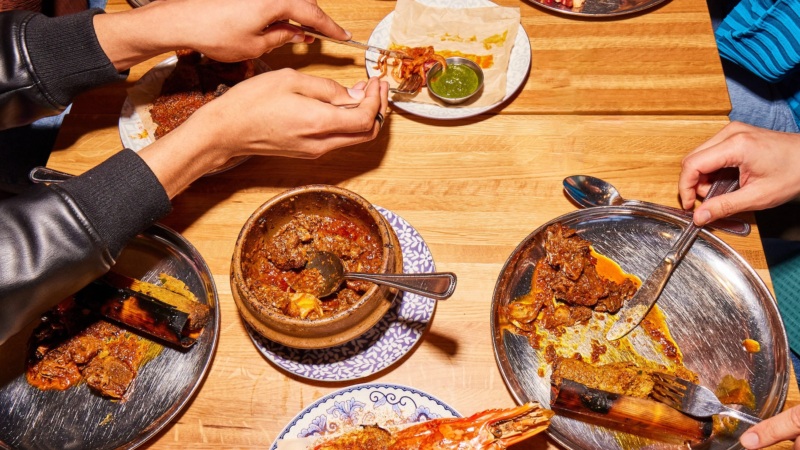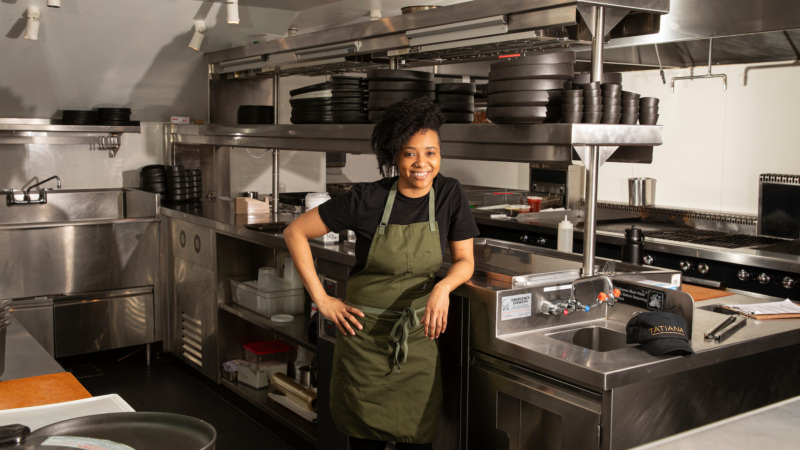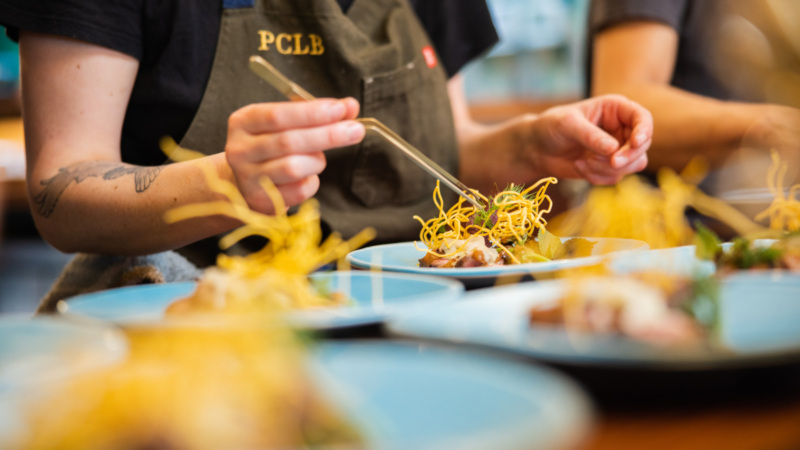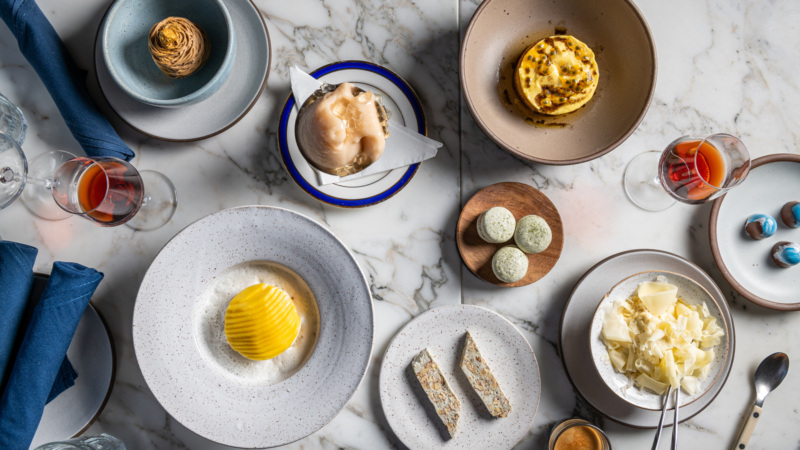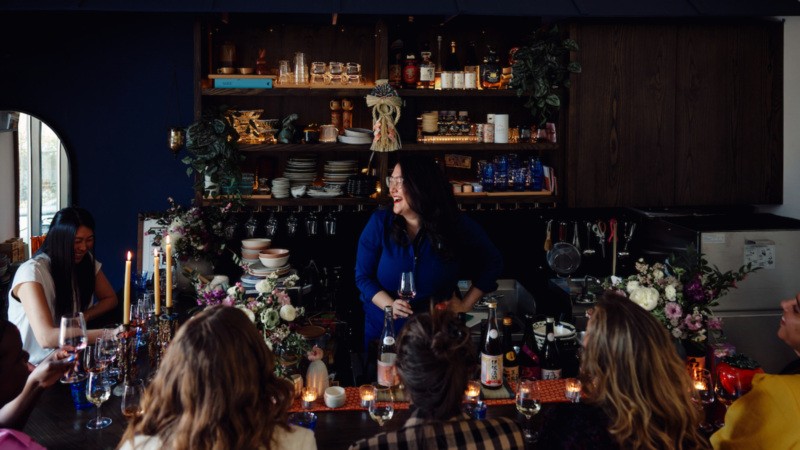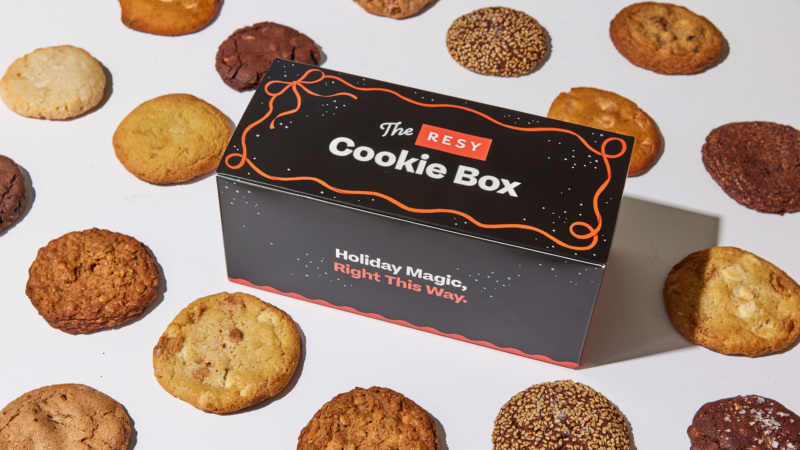

Why Takeout Matters Now, More Than Ever
For restaurants across the country, takeout isn’t just another revenue stream — it’s essential right now. You might not realize it, but your takeout order can make a big difference for so many restaurants and so many people. Here’s why.

- The Definitive Resy Guide on How to Do Takeout Right
- Chinese American Food Is Its Own Great Cuisine. Time to Love It That Way.
- Five Things to Watch in the Restaurant World in 2021
- At Nami Nori, Takeout Is In the Details
- Chinese New Year Takeout for Two, Presented by Luckyrice, American Express, and Resy
- Read More: Resy City Guides
“Honestly it’s our lifeline.”
In a bright spot for diners everywhere, we can now order takeout from so many more restaurants than we were able to order from before.
When chef Gregory Collier opened Leah & Louise last year with his wife, Subrina Collier, in Charlotte, N.C., he never intended to offer takeout, but when the pandemic delayed the restaurant’s opening, he changed his mind.
“I was reluctant to do takeout at first because I wanted people to get the full experience of dining in our restaurant, listening to blues, and being in a space that evokes Memphis, the food of my childhood, and how I grew up,” he says. “But then I realized that even though it’s not the whole experience, people can still get the food and it’ll resonate with them.” Even though Leah & Louise is still open for limited on-site dining, takeout accounts for nearly 40% of its revenue.
According to the American Express Independent Restaurant Insight Study, 89% of small independent restaurant owners said they depend on takeout orders to stay afloat. And in the case of Kismet in Los Angeles, where indoor and outdoor dining were banned for most of the winter, takeout accounted for nearly 70% of all revenues in January. Grocery sales made up the rest.
“Takeout is crucial,” says Kismet co-owner and chef Sara Kramer. “It’s our main business, and honestly it’s our lifeline.”
Your takeout orders keep millions of Americans employed.
In February 2020, just before the pandemic struck, the U.S. restaurant industry employed more than 12 million Americans and nearly a year later, approximately 9 million Americans worked in food services as of December. Unemployment and job losses have hit the restaurant industry particularly hard over the past year. New York City lost more than 11,000 bar and restaurant jobs in the month of December alone.
“If you support a restaurant by ordering takeout, you are employing people, supporting a supply chain,” says Ashok Bajaj, founder and CEO of Knightsbridge Restaurant Group in Washington, D.C. His group consists of nine restaurants, including Rasika, Sababa, Bindaas, and Annabelle. Before the pandemic, he employed more than 500 people; today, he says he employs closer to 350, representing a loss of 30% of his previous workforce.
In the same American Express survey of independent restaurant operators, 82% said their takeout business has helped them keep their employees working. And based on reported sales, it’s estimated that ordering takeout can generate, on average, more than $700 million in daily sales for the industry*. If you order takeout just once a week, it can help make a huge difference.
“Just think about how many people you’re helping; you’re helping the people who produce the food, the chefs, the delivery drivers, the dishwashers — it’s a complete supply chain that you help you by ordering from the restaurants and you keep the restaurant people employed,” Bajaj adds. “Everything counts.”
Even before COVID-19, restaurants operated on razor-thin margins. Those margins are even slimmer now.
It’s no secret that running a profitable restaurant business is tough, and what’s impacting a restaurant’s bottom line these days is even tougher than it was before because of the pandemic.
At Taco María in Costa Mesa, Calif., chef and owner Carlos Salgado says he was initially optimistic about keeping his Michelin-starred restaurant afloat with takeout. Nearly a year later, however, he’s not sure if it’s enough.
“At the moment, I’m down to less than 20% of my original staff from last year,” he says. “I’m doing 15% of the revenues I had in January 2020. It’s a tremendous loss. There are days when we sell a couple hundred dollars’ worth of food, and with five or six people on staff, that doesn’t even pay for one person’s salary. But we keep the experiment going, and we keep the lights on in the hope that tomorrow we’ll be able to adapt and find a way to make it work better.”
For restaurant operators, fixed costs like rent, insurance, utilities, and labor haven’t gone away. And there are new costs related to personal protective equipment (masks, gloves, hand sanitizer, etc.), delivery fees, and more.
In New York City, Golden Diner chef and owner Sam Yoo says he’s paying significantly more for compostable bags, takeout containers, masks, and gloves. “Gloves that used to cost $30 or $40 a box are now $90 to $100 because of demand,” he says. Salgado says he recently paid $280 for a box of gloves. Nowadays, Collier is paying $120 per box of gloves, an expense that adds up to nearly $1,500 a month — $1,300 more than what he used to pay, pre-pandemic, on gloves alone.
Bajaj estimates he spends approximately $10,000 a month on takeout packaging alone for his restaurants. At one restaurant, he says, it costs him about $3 per takeout order to provide a custom bag and takeout containers.
At Kismet, they’ve also opted to provide private COVID-19 testing for employees because getting tested in Los Angeles county can involve waits of more than two hours or more. The cost of each test, however, is steep: $130 per test. “We’d rather have some security and get testing done where our staff can get results quickly, and they feel more taken care of,” says Kramer.
Your takeout order can actually make a difference.
The amount of takeout business a restaurant needs in order to break even or stay afloat varies widely from restaurant to restaurant. But for some, as is the case with 112-year-old San Francisco Chinatown institution Sam Wo, selling just $200 of takeout a day — about 17 orders — is enough to keep the lights on.
Small restaurants surveyed by American Express say they’d fail without at least 52 takeout orders a day, on average. And more than half (56%) have said they’ve seriously considered closing their business for good during the pandemic.
“All we’ve been trying to do this past year is to just break even,” says Kismet’s Kramer. “We would consider ourselves successful if we can just break even, which has not been the case the entire time.”
That was also echoed by Chieun Ko-Bistrong, the general manager of Haenyeo in Brooklyn, New York. While takeout hasn’t necessarily been a huge moneymaker for the restaurant, it’s something they’ll keep doing for the foreseeable future.
Especially for faithful regulars, like one of their customers who used to dine every Sunday alone with her book, a few cocktails, and some grilled oysters. While the pandemic prevented her from dining in person, takeout means she can still keep up her Sunday ritual. “Sometimes she orders from us twice a week, which is really wonderful, you know,” Ko-Bistrong says. “We want to remember our customers who were loyal to us throughout the whole pandemic, and before, too. We want people to know that we’re still here, and we’re trying to stay alive.”
* Estimate is based on average takeout sales as reported by restaurant owners surveyed and the total number of small restaurants in the US as reported by the Bureau of Labor Statistics and the National Restaurant Association.
Deanna Ting is a Resy staff writer. Follow her on Instagram and Twitter. Follow Resy, too.

